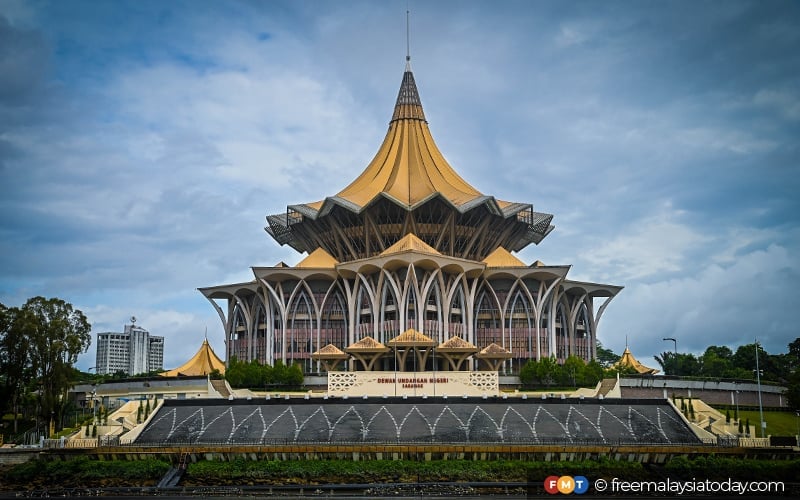
PETALING JAYA: A civil society group has urged the Election Commission (EC) to increase the number of urban seats in Sarawak during its upcoming redelineation exercise to overcome malapportionment.
Geoffrey Tang of Sarawak-based Rise of Social Efforts said increasing the number of seats in urban and high-growth areas, like Kuching, Miri and Sibu, was one way to tackle the problem of bloated constituencies.
“Malapportionment” refers to the disparity in the electorate sizes of constituencies which give rise to significant differences in voter-to-representative ratios.
As a result of malapportionment, voters living in oversized constituencies are underrepresented while voters living in undersized constituencies are overrepresented.
“Sarawak sees a lot of rural-urban migration, as many move to the cities in search of job opportunities. As such, if gross malapportionment is not corrected in urban areas, the value of a vote there is a lot less than those in rural areas.
“The EC must correct this underrepresentation and follow the two major principles: equal apportionment – making all constituencies more or less equal in size with the exception of rural ones – and ensuring meaningful and fair redistricting without regard to partisan influences,” Tang told FMT.
He cited Section 2(c) of the Federal Constitution’s Thirteenth Schedule, which states that the number of voters in each seat should be “approximately equal”, except for rural constituencies with “greater difficulty of reaching electors”.
Nonetheless, he said the allowance for these rural seats should not be overly disproportionate.
As an example, he cited the Senadin and Gedong state seats, which had 34,117 and 7,208 voters, respectively, according to data during the 2021 state elections.
Based on the sizes of the two constituencies, the value of a vote in Senadin was about five times less than it was in Gedong, he said.
“My point in comparing the two constituencies is to illustrate the big discrepancy of voters, hence affecting vote value,” he said.
Earlier this month, EC chairman Abdul Ghani Salleh confirmed that Sarawak was ripe for a redelineation exercise, as the last one was conducted in 2015.
Ghani said such exercises can only be done once every eight years, or if the composition and numbers of the state assembly have been amended.
Meanwhile, academic Dick Lembang Dugun of Universiti Malaysia Sarawak expects Sarawak to get 12 new parliamentary seats through the redelineation, with some constituencies currently having over 100,000 registered voters.
He said boundaries must be redrawn for 11 overpopulated parliamentary seats. They are Miri which has 143,229 voters, Stampin (121,009) Bintulu (113,599), Petra Jaya (109,809), Bandar Kuching (109,710), Sibu (105,875), Lanang (87,356), Kota Samarahan (82,229), Puncak Borneo (79,969), Santubong (79,540), and Serian (65,273).
“With these huge numbers of voters in these constituencies, it might become a constraint for elected representatives to serve or deliver their service. Therefore, the redelineation exercise is needed.”
Lembang urged the EC to be transparent about its methodology in the redelineation, particularly the average number of voters each constituency should have.
“In the context of Sarawak, the geographical factors should be considered in the redelineation process, (because) at the end of the day we need a functioning representative to represent the rakyat.” - FMT



No comments:
Post a Comment
Note: Only a member of this blog may post a comment.